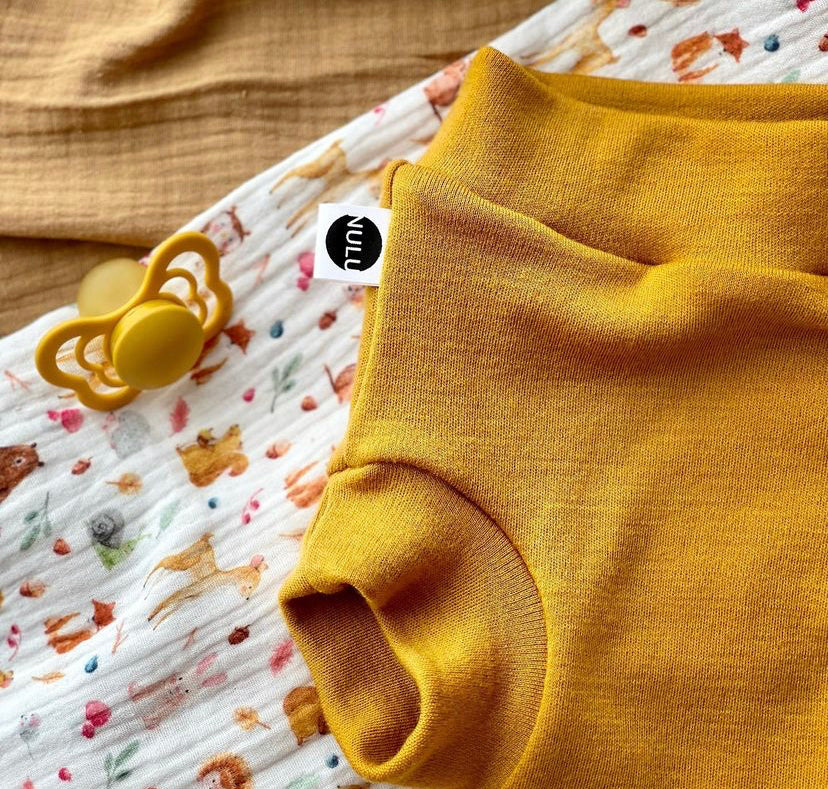High Rated Bamboo Clothing Blog
Wiki Article
What Are The Reasons Yak And Merino Wool Baselayers Beneficial In Winter Sports Clothes, Both For Their Fiber-Based Benefits As Natural And Environmental Sustainability?
Yak merino base layers are ideal for winter sports clothing because of their excellent performance as well as the fact that they provide natural fiber benefits and sustainable environmental impact. Biodegradable and renewable.
Both merino and yak are natural fibers that come from animals. They are renewable resources that are harvested sustainably, without hurting animals. They are biodegradable, which means they are able to are broken down naturally and without causing environmental harm.
Low Environmental Impact-
Natural fibers cause less pollution than synthetic fibers. The wool production process is much more eco-friendly than synthetic fibers since it is a less chemical-intensive process.
Energy Efficiency
Wool fibers are processed with less energy compared to synthetic fibers. The manufacturing process for natural wool requires less energy, which decreases carbon emissions.
Minimized Microplastic Pollution
Natural wool fibers do not contribute to microplastics pollution in waterbodies like synthetic fibers.
Longevity of the product and its Recyclability
Yak merino clothing can last a long time, and are extremely durable. Wool fibers are also repurposed or recycled, reducing waste.
Sustainable PracticesSustainable Practices
Some producers and wool producers follow ethical and sustainable practices. They make sure to ensure the well-being of animals, good land management, and fair work conditions for their workers.
Environmental Certification-
Certifications like the Responsible Wool Standard and the Global Organic Textile Standard verify the ethically and environmentally sustainable practices used to produce wool. This gives consumers assurance regarding sustainability.
In the overall scheme yak Merino Wool base layers promote sustainability since they are constructed from natural fibers that have little environmental impact, and incorporate ethical and sustainable practices into the supply chain. This is because natural fibers are sustainable. Check out the best merino wool base layer hints for blog info including merino base layer mens, wool undershirt women's, icebreaker baselayer, smartwool merino 250 base layer, smartwool 1 4 zip, cheap merino wool base layer, wool long underwear mens, best base layer for skiing, merino ninja suit, merino wool long underwear women's and more.

What Are The Advantages Of Bamboo Clothing In Terms Of The Environment, Sustainability, And Comfort For Outdoor Winter Clothing?
Bamboo clothing is a fantastic option for outdoor clothes that offers comfort, security and environmental sustainability.
The soft texture and softness make it gentle on the skin. It's often compared with cashmere or silk for its luxurious texture.
Bamboo fibers are moisture-wicking that is to say they pull moisture away from your skin to keep your skin dry and comfortable.
Thermal Regulation- Bamboo clothing has natural temperature-regulating properties, providing warmth in winter while remaining breathable to prevent overheating.
Sustainability-
Renewable Resource- Bamboo is an extremely renewable resource that grows quickly without the need for pesticides or chemical fertilizers. Bamboo is able to regenerate very quickly, making this a sustainable fabric to wear clothing.
Low Environmental Impact - Bamboo farming uses less water and is more efficient. It also does not deplete soil's nutrients. Bamboo releases more oxygen and absorbs CO2 in comparison to any other plant.
Protection for Outdoor Wear-
UV Protection - Bamboo fabric is naturally UV-resistant that provide natural protection against harmful UV radiation.
Antibacterial properties- Bamboo contains a natural antimicrobial agent called "bamboo Kun," that helps to prevent the growth of odor-causing bacteria and keeps clothing fresher for longer durations, particularly during outdoor activities.
Additional Benefits
Durability - Bamboo fibers can be strong and durable and are suitable for outdoor wear that could undergo rugged use.
Biodegradability. Bamboo clothing is biodegradable. They will decay naturally when they reach the end of their life, thus reducing their impact on the environment.
The use of bamboo fabric in winter outdoor clothing offers a combination comfort as well as thermal regulation (regulating body temperature), water management, and sustainability. This makes it a popular choice for eco-friendly clothing. Take a look at the top rated how you can help for bamboo clothing for more recommendations including bamboo pajama pants, bamboo cay shirts christmas, kyte pajama, bamboo pants mens, bamboo sweater, clothes made from bamboo, freefly summer hoodies, bamboo workout clothes, bamboo viscose pajamas, bamboo sports clothing and more.

What Are The Distinctions Between Bamboo, Merino And Wool Clothes In Terms Of The Texture, Warmth, And Moisture Absorbing?
Texture is the most important factor to consider when comparing the merino garments to traditional wool and bamboo clothing.
Merino Wool Merino Wool has finer fibers and is softer than wool that is more traditional. It's considered more comfortable.
Bamboo Clothing Bamboo clothing is smooth and silky. It is often compared to luxury materials like cashmere or silk. It is silky and soft, making it easy to wear.
Traditional Wool - Traditional wool can vary in texture; certain types of wool may feel rougher and more prone to causing irritation or itching compared to merino or bamboo clothing.
Warmth-
Merino Wool Merino is a great wool to warm yourself due to its properties for insulation. It holds its heat even if it is it is wet. This makes it a great insulation material in cold weather.
Bamboo Clothing- Bamboo clothing also provides warmth, however it might not offer the same degree of insulation like the merino wool. However, it regulates the body temperature effectively, ensuring comfortable conditions in all kinds of weather.
Traditional Wool - Similar to merino, traditional wool is warm and insulating. It is more bulky and heavier than bamboo or merino clothing.
Moisture Absorption-
Merino Wool Merino Wool's moisture-wicking property allows moisture to be able to escape from the skin. It remains warm even when wet.
Bamboo Clothing - Bamboo fabric may also absorb moisture, providing comfort for active people. It regulates the moisture and helps keep wearers dry.
Wool isn't as wicking as bamboo or merino. Wool is damp and heavy in wet conditions.
Merino is known as a warm and soft fabric with excellent moisture-wicking capabilities. Bamboo clothing offers a silky smooth texture with sufficient warmth and moisture control. The wool's texture is varied and utilized to offer warmth and moisture absorption as well as the softness. But it may also feel more coarse and heavy when compared to merino clothes or bamboo clothing. Each type of material has its own characteristics which cater to different clothes preferences and needs. Take a look at the recommended use this link for merino wool base layers for blog recommendations including best mid layer skiing, patagonia merino wool base layer, best wool base layer, ski layers womens, best merino wool base layer, merino wool base layer womens, merino ninja suit, ski underwear, best long underwear for skiing, smartwool merino base layer and more.
